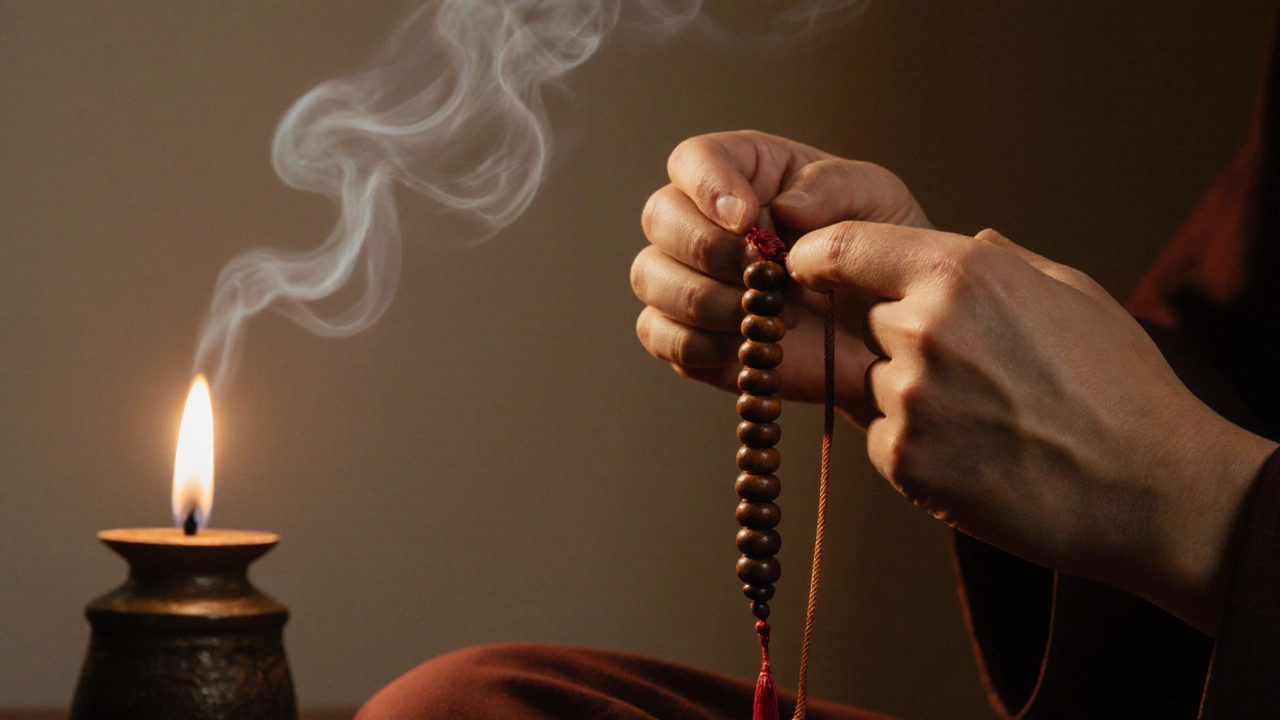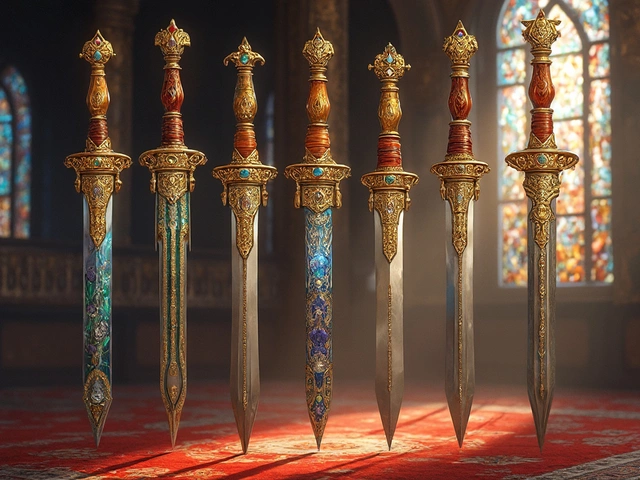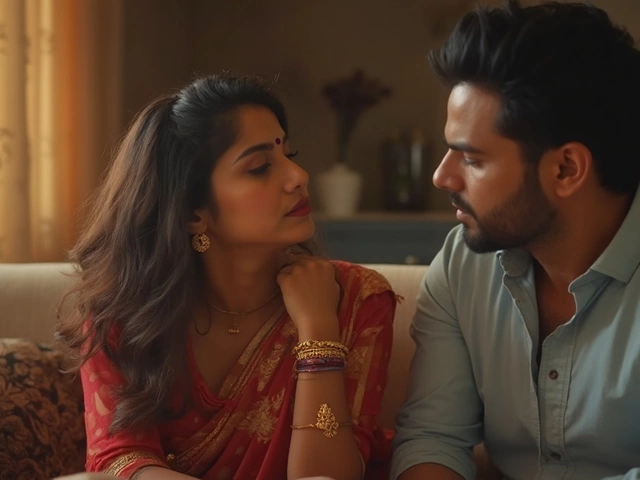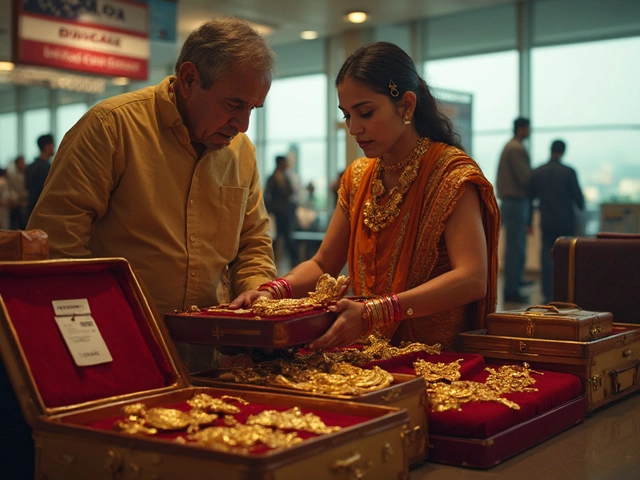Lucky Bead Count – Unlocking Auspicious Traditions in Indian Jewelry
When talking about Lucky Bead Count, the practice of counting specific beads believed to bring good fortune in Indian jewelry traditions. Also known as auspicious bead tally, it blends cultural belief, numerology and simple counting tricks that many families keep passing down.
One of the most common beads used in this ritual is the black bead, a small, glossy sphere often woven into mangalsutra strands or bangles to ward off negativity. The dark hue isn’t just a fashion choice; it’s thought to absorb bad vibes and amplify the lucky count. When you pair black beads with a mangalsutra, the sacred necklace that a bride wears after marriage, the count becomes a symbolic promise of protection and prosperity for the couple. This link is why many designers now experiment with modern gold or silver settings while keeping the classic black bead count intact.
Another piece of the puzzle is the black bangle, a traditional wrist adornment that often features a row of counted beads for luck. Wearing black bangles while reciting the bead count mantra is believed to reinforce the auspicious energy throughout the day. In many households, elders will hand down a specific number of beads—usually 108 or 21—because those numbers have deep roots in Indian spirituality and numerology.
The lucky bead count isn’t just superstition; it’s a simple way to embed mindfulness into daily wear. By focusing on a set number of beads, you create a mini‑ritual that can calm the mind, much like counting breaths in meditation. This practice also gives a clear framework for designers: they know exactly how many black beads to include to meet cultural expectations while still allowing room for creative twists.
From a practical standpoint, the count guides buying decisions. If you know you need 108 black beads for a traditional mangalsutra, you can verify the bead quality, weight and hallmark before purchase. That’s where knowledge of gold markings like the 750 hallmark or silver’s 833 stamp becomes handy—these stamps reassure you that the metal surrounding the beads meets purity standards.
For collectors, the count adds provenance. A piece stamped with a specific bead count can often be traced back to a particular region—Jaipur, Surat or Hyderabad—each known for distinct bead‑setting styles. This traceability boosts resale value, as seen in articles about jewelry that holds its worth over time.
While the core idea is counting, the surrounding symbolism varies. Some families use the count to mark milestones: a new set of beads when a child is born, or a fresh row when a couple celebrates a wedding anniversary. Others tie the count to astrological charts, picking numbers that align with the wearer’s birth star. Either way, the ritual stays flexible, allowing personal meaning without breaking cultural continuity.
Looking ahead, modern designers are blending the lucky bead count with contemporary aesthetics. You’ll see minimalist gold chains that still incorporate a discreet row of black beads, or silver cuffs where the beads are tiny, almost hidden, yet still counted. This fusion keeps the tradition alive for a younger audience while preserving its protective charm.
So whether you’re curious about the spiritual side, scouting for a perfect mangalsutra, or just want a stylish way to stay grounded, the lucky bead count offers a bridge between heritage and everyday wear. Below you’ll find a hand‑picked collection of articles that dive deeper into black beads, mangalsutra design tips, gold hallmark meanings, and more—each piece tuned to help you count, choose, and wear with confidence.Why the Count Matters
How Many Beads Bring Good Luck? A Complete Guide to Auspicious Numbers
Discover which bead counts are considered lucky across cultures, their meanings, and how to choose the right number for bracelets, malas, and necklaces.





